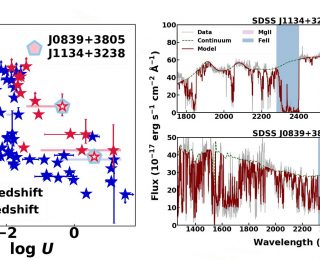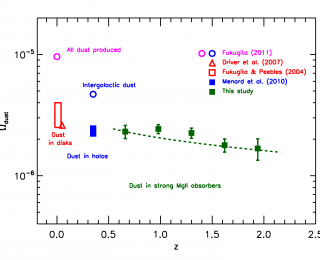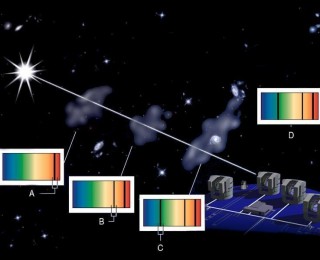
UR: Analysis of a Sample of High Redshift, High Luminosity FeLoBAL Quasars
In the latest of our #UndergradResearch series, discover Julianna Voelker’s research on the role of quasars in galaxy evolution.

In the latest of our #UndergradResearch series, discover Julianna Voelker’s research on the role of quasars in galaxy evolution.

Today’s paper takes a look at the metal-rich gas surrounding galaxies using a million quasars from SDSS.

Today’s undergraduate research post is on very unique quasars — and how to find them!

Background quasars allow us to probe the relationship between a galaxy and its gas. Today’s paper uses simulations to model such observations.

Dust is really ubiquitous in the Universe: it is everywhere from our Solar System to stars and the interstellar medium. However, the observations of dust in galaxies fall short of the prediction of how much dust there is in the Universe. In this work, the authors try to alleviate this problem by estimating the amount of dust present in clouds of gas that inhabit galaxy halos while they look for clues regarding the origin of these clouds.

When the light from a distant quasar finally arrives at Earth, it often carries far more information than it did when it was emitted – the shadows of gas and galaxies that have intervened over the cosmic distances between us and the source. These features can tell us how the universe evolves in both space and time, by allowing us to sample both low and high redshifts for structures that would not otherwise be visible. This paper uses a new IR spectrograph, FIRE, deployed on the Magellan 6.5 m telescopes, to present the first high-redshift sample of Mg II absorption systems, including the most distant Mg II system yet found (z = 5.33). The authors show that the number of strong Mg II systems appears to peak and decline in number along with the star formation history of the universe, suggesting a correlation between the two, while weak Mg II systems stay mysteriously constant.